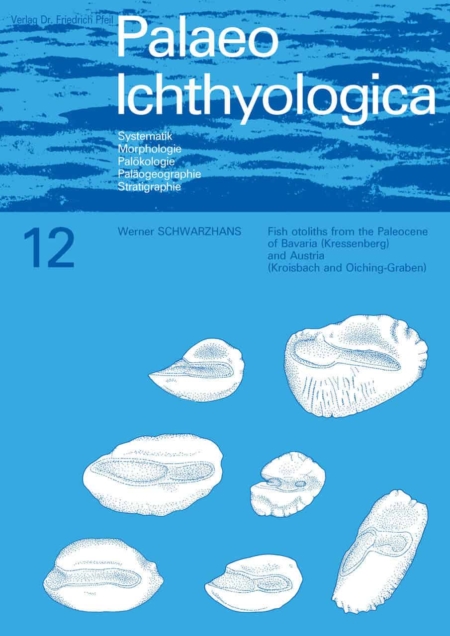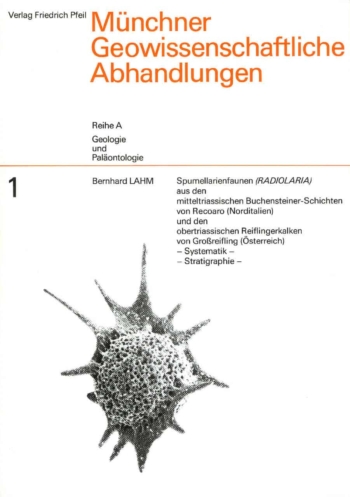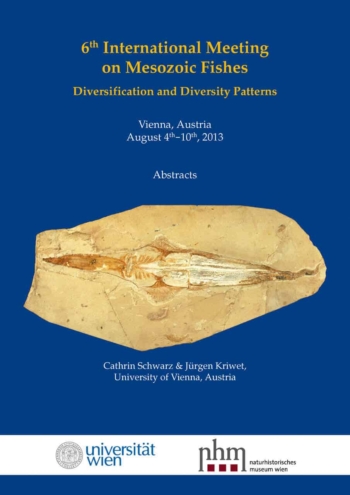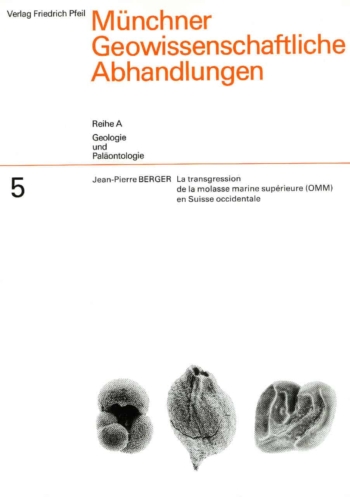Otoliths of 54 teleost species are reported from the Paleocene strata of Kressenberg in Bavaria and Kroisbach in Austria, representing 31 families: 33 new species are described, 7 remain in open nomenclature.
Until only 25 years ago, descriptions of Paleocene otolith assemblages were very scarce. The increase in knowledge since then has resulted in more than 100 valid otolith based species, with the fauna described here ranking as the largest and most diverse. While Kressenberg represents mainly a neritic shelf fauna, the Kroisbach association includes a number of truly open marine faunal elements, mostly Stomiiformes, and is the first of its kind from the Paleocene.
The various Paleocene otolith based fish faunas show a remarkable degree of regional diversification. The data accumulated during the past 25 years from the U.S.A., Belgium, Denmark, Greenland and the Ukraine allow for a first paleobiogeographic evaluation of the Paleocene fish fauna as reconstructed from otoliths.
This Paleocene collection is also remarkable for its transitional nature in the evolution of the Teleostei documenting forms that came after the K-T-boundary extinction event and before the rise of the modern Teleostei in the Eocene after the Paleocene/Eocene Thermal Maximum (PETM) event. Hence, there are only very few Paleocene species in common with either the Late Cretaceous, Maastrichtian, which was recently described from nearby outcrops in Bavaria, or the Eocene. The main difference from the older faunal assemblage of the Maastrichtian is the low level of extinct otolith morphologies in the Paleocene and the abundance of plesiomorphic morphologies, which represent modern groups for example of the Percoidei. Other common groups with plesiomorphic morphologies are the Congridae, the Ophidiiformes and the Stomiiformes (in Kroisbach). They are often difficult to associate with living genera and in some cases even families and give rise to the large percentage of taxa considered as 'extinct plesiomorphic' or 'missing links' in teleost phylogeny. Gadiformes, which play an important role in the Danish Paleocene are poorly represented. One of the most dominant groups of the Late Cretaceous, the Beryciformes, was still common and specious in the Paleocene of Bavaria, but mostly represented by genera or families persisting until Recent. A good proportion of those groups can be considered as 'living fossils' in the Recent. The phylogenetic analyses and interpretation for several higher taxa are presented in a chapter at the end of this study.






Rezensionen
Es gibt noch keine Rezensionen.